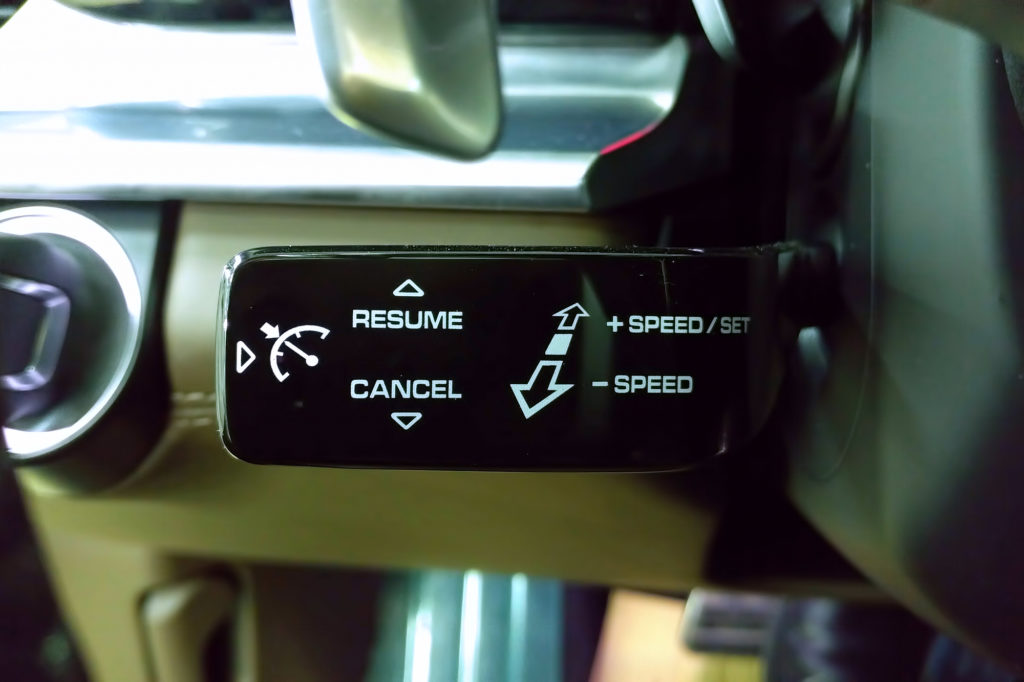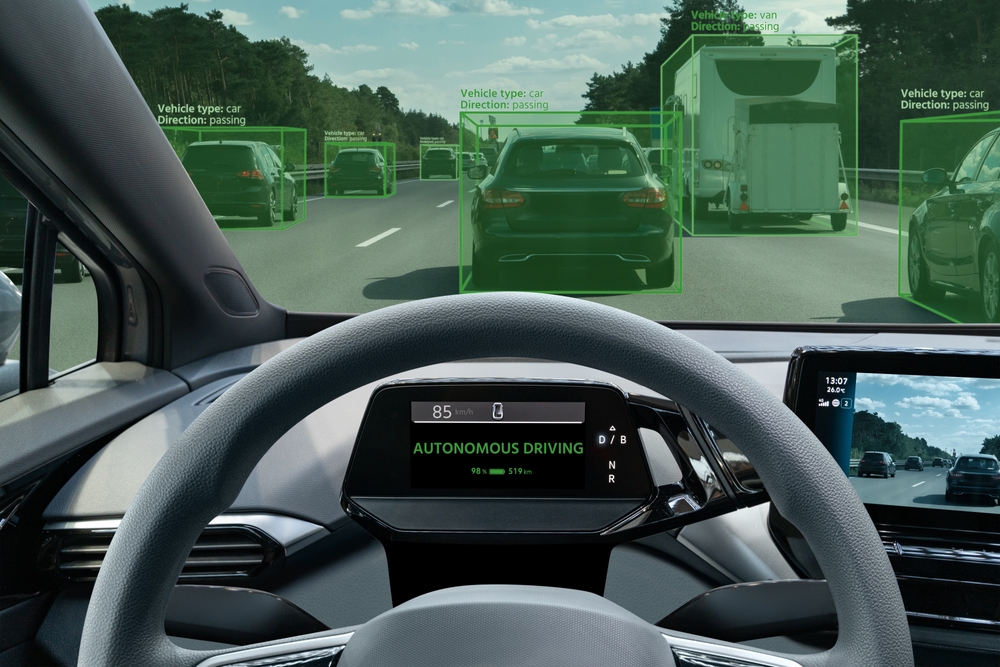When it comes to vehicle safety, we often expect the latest technologies to make our driving experience safer and more reliable. However, not all innovations live up to the hype. Some highly promoted safety features fall short, either because they don’t perform as promised or simply aren’t as useful as they seemed. In this article, we’ll explore 15 overhyped vehicle safety technologies that didn’t quite meet expectations.
Contents
Lane Keeping Assist

Lane Keeping Assist technology is designed to keep the vehicle centered in its lane by detecting lane markings. However, it frequently fails to perform accurately, particularly in areas with faded or poorly marked lines. Inconsistent results in rainy or snowy conditions also hamper its reliability, and drivers can become over-reliant, leading to dangerous situations if the system malfunctions.
Automatic Emergency Braking

Automatic Emergency Braking (AEB) is intended to prevent or mitigate collisions by automatically applying the brakes if an obstacle is detected. However, many drivers report that it is overly sensitive, often engaging unnecessarily or failing to react quickly enough in genuine emergencies. Its inconsistency diminishes trust in the system, especially in heavy traffic.
Blind Spot Detection

Blind Spot Detection alerts drivers when another vehicle is in their blind spot, but it is not foolproof. Fast-moving cars can be missed, and the system may issue false alarms when there’s nothing nearby. This unreliability leads to driver frustration, and over-reliance on it can replace basic safe-driving practices like checking mirrors.
Adaptive Cruise Control

Adaptive Cruise Control (ACC) adjusts speed to maintain a set distance from the car in front, but it struggles in real-world scenarios like heavy traffic or when vehicles suddenly slow down. The system can also be slow to respond, causing abrupt braking, and making it uncomfortable for both the driver and passengers.
Pedestrian Detection

While pedestrian detection systems aim to improve safety in urban environments, they often fail to detect pedestrians in low light or in complex traffic conditions. The technology can miss smaller or quickly moving pedestrians, making it unreliable, especially at night or in bad weather.
Traffic Sign Recognition

Traffic Sign Recognition is supposed to read road signs and relay the information to drivers, but in practice, it can be inaccurate. It often fails to recognize temporary signs or misreads standard ones, especially when conditions like dirt or snow obscure the signs. This results in drivers ignoring the system entirely.
Driver Attention Monitoring

Designed to monitor driver behavior and issue alerts when signs of fatigue or distraction are detected, Driver Attention Monitoring systems frequently give false warnings. They may beep even when the driver is fully alert, leading to annoyance and reduced confidence in the system’s ability to distinguish actual fatigue.
Park Assist

Park Assist technology helps guide vehicles into parking spots, but it is notorious for struggling in tighter spaces and can misjudge obstacles. In some cases, the system is too slow or simply abandons the parking process, forcing the driver to take control, which defeats the purpose of having the feature.
Collision Avoidance Systems

Collision Avoidance Systems are supposed to prevent accidents by automatically adjusting the vehicle’s speed and steering. However, the response time is often inadequate, particularly at higher speeds, where the system may not react quickly enough to avoid an impending collision, diminishing driver confidence.
Automatic High Beams

Automatic High Beams are intended to adjust the brightness of headlights based on oncoming traffic, but they often fail to dim quickly enough, leading to glare for other drivers. Alternatively, they may turn off prematurely in dim lighting conditions, making it harder for drivers to see clearly at night.
Forward Collision Warning

Forward Collision Warning systems alert drivers when a crash is imminent, but they often provide excessive alerts for minor situations, such as when a driver is stopping at a traffic light. This leads to annoyance and “alert fatigue,” where drivers become desensitized to the warnings and potentially ignore them when they are actually needed.
Tire Pressure Monitoring Systems (TPMS)

Tire Pressure Monitoring Systems are meant to alert drivers of underinflated tires, but they are prone to false alerts or inaccurate readings. Many drivers report frequent notifications for tires that are within safe pressure levels, leading them to either distrust the system or repeatedly check their tires unnecessarily.
Electronic Stability Control (ESC)

Electronic Stability Control is designed to prevent skidding by automatically applying brakes to individual wheels. However, in real-world conditions, the system sometimes doesn’t engage effectively during sudden maneuvers, especially on icy or slick roads, reducing its effectiveness as a safety feature.
Head-Up Display (HUD)

Head-Up Displays project information onto the windshield to keep the driver’s eyes on the road. While this sounds helpful, the constant display of data can become distracting, especially if too much information is shown at once. Drivers may spend more time deciphering the display than focusing on the road ahead.
Automatic Parallel Parking

Automatic Parallel Parking systems assist drivers in parking, but they are often slow and unreliable, failing to detect smaller spaces or taking too long to complete the parking process. In tighter urban environments, the system may simply give up, forcing the driver to park manually.
This article originally appeared in MyCarMakesNoise.
More from MyCarMakesNoise
20 Hybrid Vehicles with Exceptional Lifespan Records

When it comes to hybrid vehicles, longevity is a key factor for many drivers. Some models are not only eco-friendly but also built to last, offering exceptional lifespan records that rival even traditional cars. Read More
21 Cutting-Edge Space Probes Poised to Explore Distant Worlds

Space probes are pushing the boundaries of exploration, venturing farther into our solar system and beyond. Equipped with advanced technology, these cutting-edge probes are designed to explore distant planets, moons, and other celestial bodies. Read More
25 Luxury Cars from the `80s That Disappointed

The 1980s brought us some memorable luxury cars, but not all of them lived up to their promises. In this article, we’ll take a closer look at 25 luxury cars from the ’80s that, despite their high expectations, ended up disappointing enthusiasts and buyers alike. Read More














